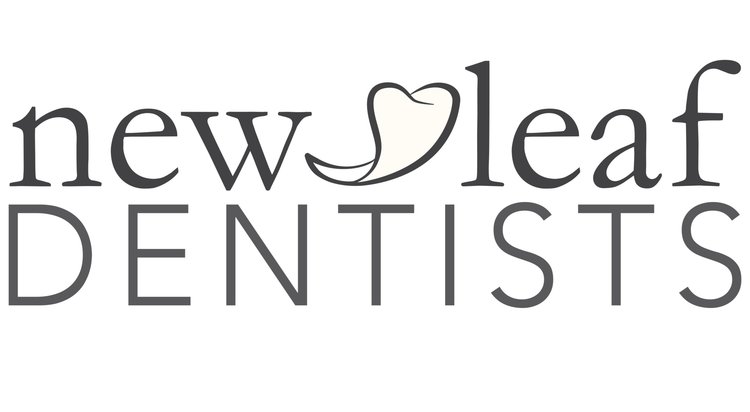Everywhere you go these days, you are never short of seeing advertisements and billboards of people with perfect, shiny, white teeth! There are a myriad of products out there ranging from whitening toothpastes, boxed take-home teeth whitening kits from the pharmacy or "smile bars" in a shopping centre, to professionally supervised in-chair teeth whitening procedures from your preferred dentist. How do you choose what the right treatment is for your teeth and for your particular needs? IS your need purely cosmetic or does it go further than that?
To take the guessing aside, here is some background information from the Australian Dental Association on Aesthetic Dentistry. It would be worthwhile having a read of this and then consulting a dental health professional to assess your current oral condition to find the most suitable solution for you...
Aesthetic dentistry, often incorrectly referred to as “cosmetic dentistry”, is the term used to describe treatments which change the way your teeth look. There is far more involved than simply changing the appearance of your teeth.
While a cosmetic procedure like tooth whitening is included in aesthetic dentistry, the field is mostly concerned with Orthodontic treatments which restore function such as teeth straightening, and Prosthodontics, which involves the insertion of teeth prostheses such as crowns, veneers and dental implants.
Teeth Whitening
As the name suggests, this treatment is all about lightening stained or discoloured teeth.
While you can buy over-the-counter, use-at-home toothpastes and strips, your dentist is best qualified to determine if you need teeth whitening, and can use a stronger bleach than you can at home, with greater safety and expertise.
You may be tempted to go to a shopping centre booth or a beautician to get your teeth whitened but neither are suitably qualified and could cause irreversible damage to your teeth and gums. DIY bleaching comes with all sorts of risks, and old wives tales treatments such as rubbing strawberries, lemons, or even bicarb of soda on your teeth, do a lot of damage to your teeth for no real whitening gain.
Keep in mind is that crowns, veneers and fillings don’t change colour when you have your teeth whitened.
Veneers
Veneers are thin, tooth-coloured porcelain or glass/plastic layers fixed onto the front of your teeth that can be a suitable option if you have teeth with gaps, that are stained, discoloured, broken or chipped, crowded-in or crooked, oddly-shaped or badly-aligned.
Crowns
If your broken or decayed tooth needs to be rebuilt, it’s likely your dentist will use a crown to do the job. Crowns are generally made from materials such as porcelain, and porcelain/metal combinations. Not only do they make your teeth look more attractive, but they also give them added strength, durability and stability.
Teeth straightening
Using corrective items like braces and plates, your dentist will line up your teeth with your jaw so you not only look better but have better use of the affected teeth. Once considered unsightly, braces, a key part of teeth straightening, are now much less noticeable than they were, in some cases being all but invisible.
Dental implants
If you’ve got lost or missing teeth, your dentist may use implants to replace them. Not only will your smile immeasurably improve but you’ll enjoy a better quality of life too. Your dentist is best placed to advise on the most suitable option for your teeth, and any decision on changing the look and function of your teeth should always start with them.
Source: Australian Dental Association (www.ada.org.au)
Please note: Any surgical or invasive procedure carries risks. Before proceeding, you should seek a second opinion from an appropriately qualified health practitioner.

